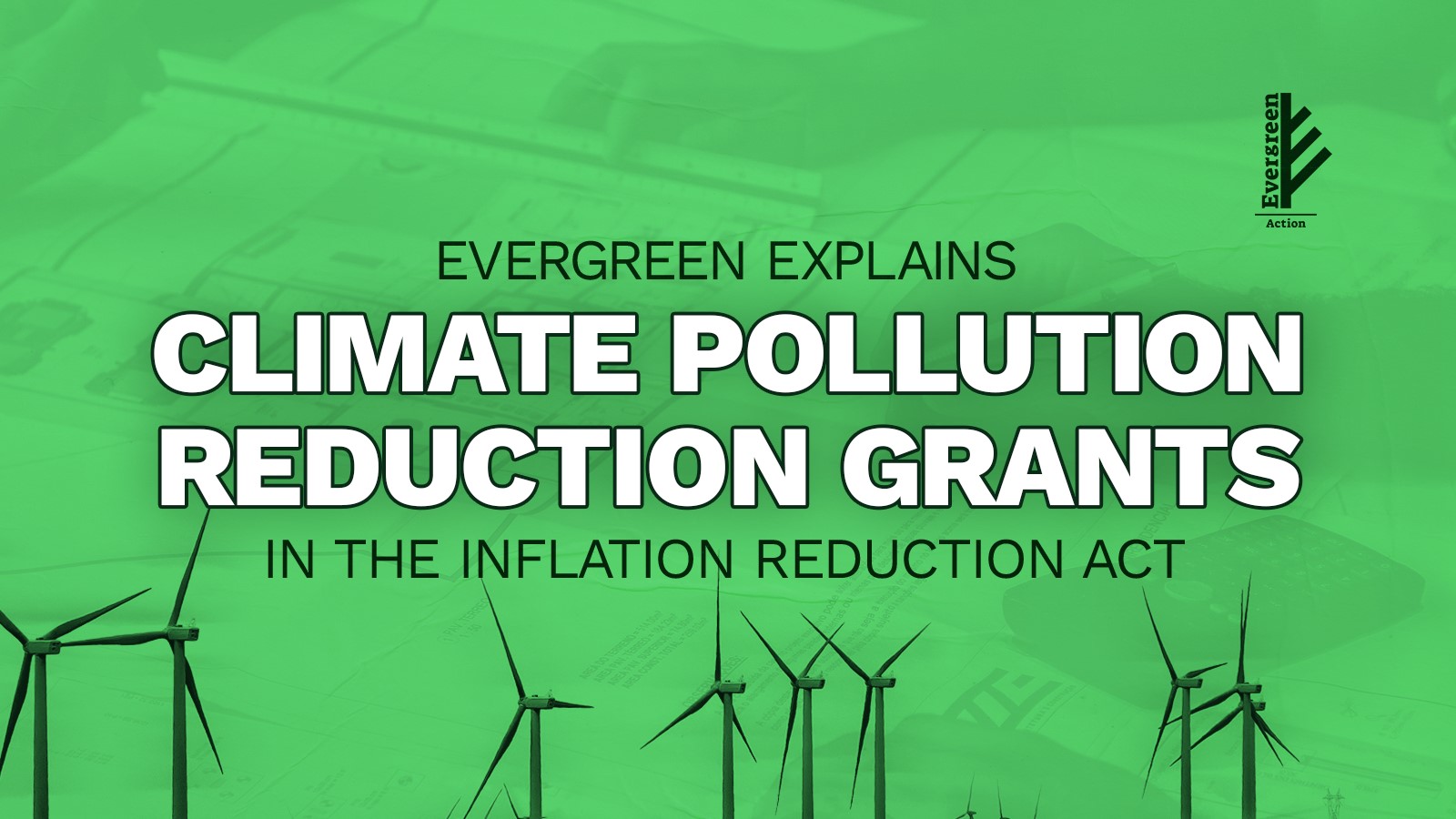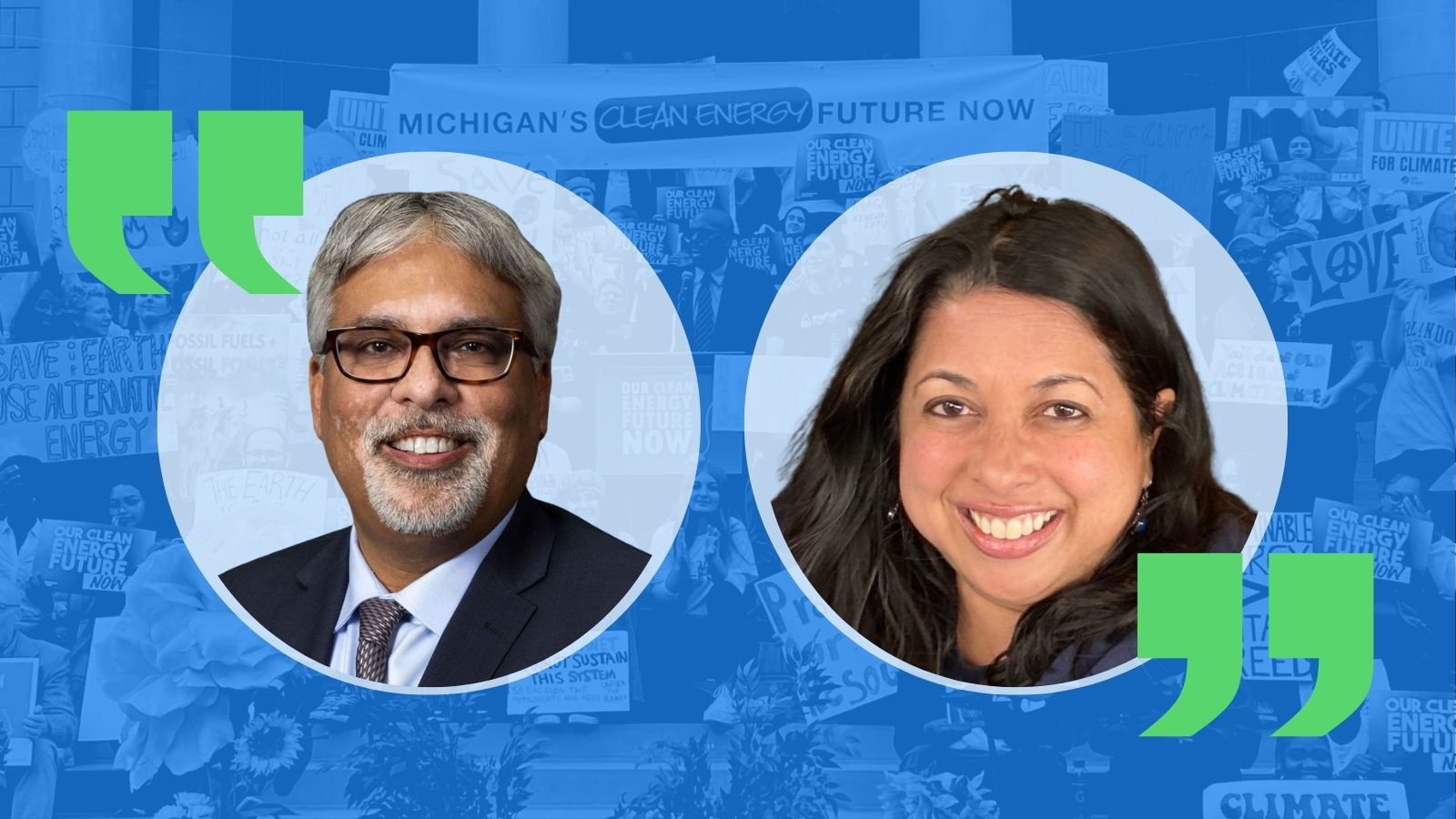The PCAPs are an impressive exercise in identifying each state’s needs and priorities for reducing greenhouse gas pollution and give insight into what could be funded by the competitive CPRG Implementation Grants, ranging from $2 million to $500 million each. These Implementation Grants can fund a part of the state’s plan or the entire plan, and states were able to submit plans in coalition to address a sector together. With $4.3 billion available to state and local governments for the Implementation Grants, states can make real headway on their climate pollution reduction goals.
What Do Strong State Plans Look Like?
The strongest state plans:
- Addressed the biggest sources of pollution within their state (which for most states includes transportation, buildings, and electricity generation), and tackled sectors that have historically received less attention, like industry and agriculture. (California, Maryland, Nevada, and Virginia).
- Aligned their state plans with existing policies and processes, making their holistic planning efforts more achievable and potentially accelerating existing pollution reduction targets. (New York and Minnesota)
- Intend to use their plans to implement standards for vehicle or building pollution reductions. (New Jersey, Maryland)
- Used the plan to indicate where legislation is needed to better regulate industry actions (Minnesota)
- Thoroughly identified additional federal resources that could be used to accelerate climate pollution reductions.
These state plans each rise to the top for their comprehensive approach to addressing pollution reductions across a variety of industries and using the planning process to identify standards, legislation, and coordination with other federal funds and existing state policies.
What Should EPA Consider When Awarding Grants to States?
Submitting PCAPs was step one—the Implementation Grants get these ideas off the ground by putting money behind the plans and empowering states to drive pollution reduction. The two are further linked: Implementation Grant applications must include actions proposed in the PCAPs. This funding opportunity can be especially impactful for states that developed climate plans for the first time through the PCAP process. Some states and multi-state coalitions have already made their Implementation Grant applications public.
Given the incredible opportunity to cut emissions through this one-time federal funding opportunity, all indications are that the competitive Implementation Grants are heavily oversubscribed. The total funds requested in grant applications by the many states, multi-state coalitions, and local and Tribal governments that applied is much more than the amount of funding available. EPA provided its evaluation criteria for assessing these applications and with such a high volume of applications, it will need to be especially rigorous in selecting the best proposals.
Recommended Funding Criteria
The agency can ensure that funds lead to significant near-term pollution reduction and prioritize equitable outcomes across states and regions by focusing on funding Implementation Grants that align with these six criteria:
-
- Select proposals that lead to the greatest possible near-term pollution reduction within states and across regions
- Fund Tier 1 single-state proposals in high-emission states that would not have the resources to implement their programs without significant new federal funding or would likely face political constraints in securing new funding
- Fund programs that pilot or scale innovative programs and strategies
- Use Implementation Grants to facilitate multi-state collaborations
- Fund implementation of state-driven clean energy and pollution reduction standards
- Ensure that funds provide significant benefits to low-income and historically disadvantaged communities
The CPRG funds can have an even greater impact if EPA prioritizes the highest grant tier, awards up to $500 million, on fewer large grants that will shift sectors or regions. In doing so, EPA can reserve a few awards for smaller grants in states that could not move forward without federal funding.
EPA should also prioritize applications with statewide impact above those that focus only on local outcomes. Similarly, funds should be awarded to applications that will decarbonize entire regions through coalition approaches. EPA should also harmonize CPRG award funds with other federal funding opportunities, ensure that states are able to readily implement federal standards, and fund applications designed to help states achieve their own standards for highly polluting sectors.





